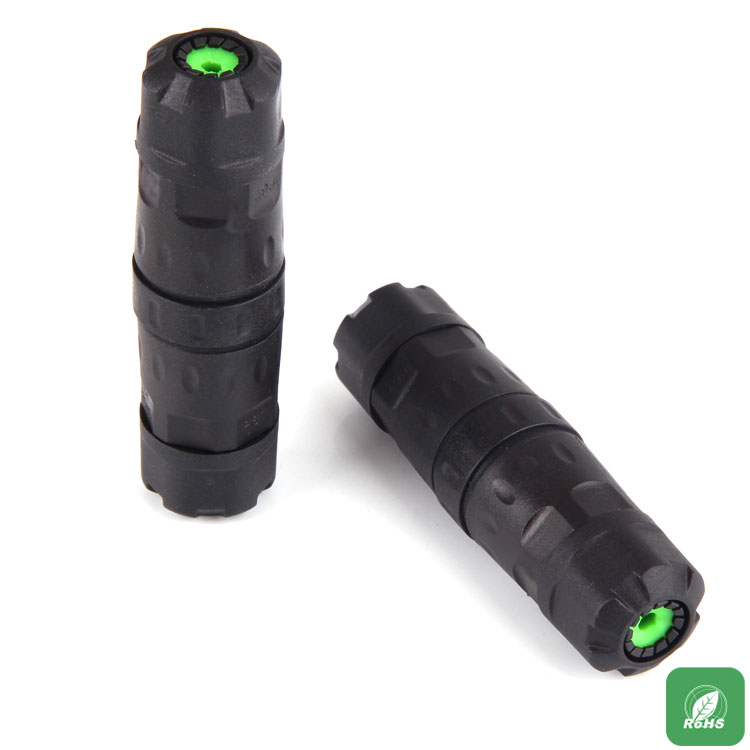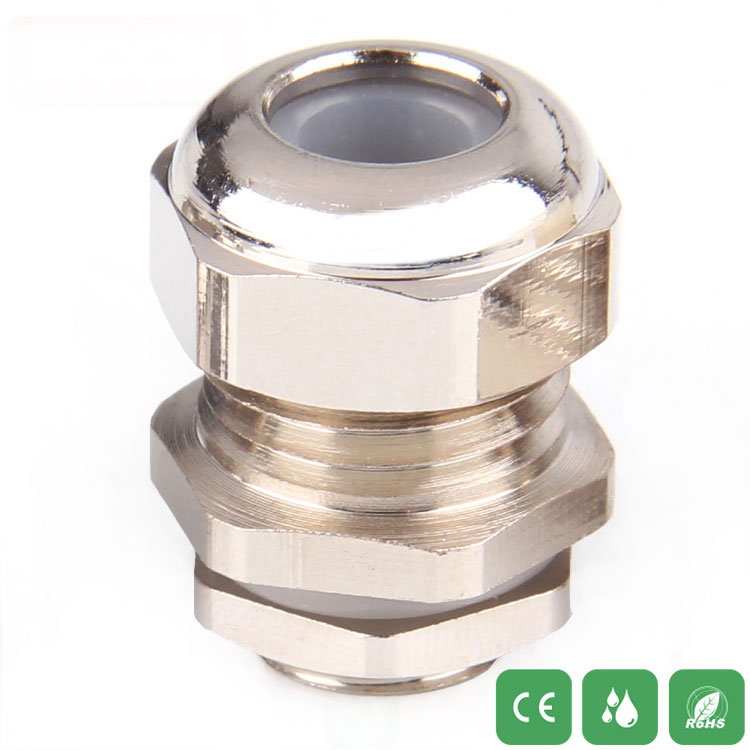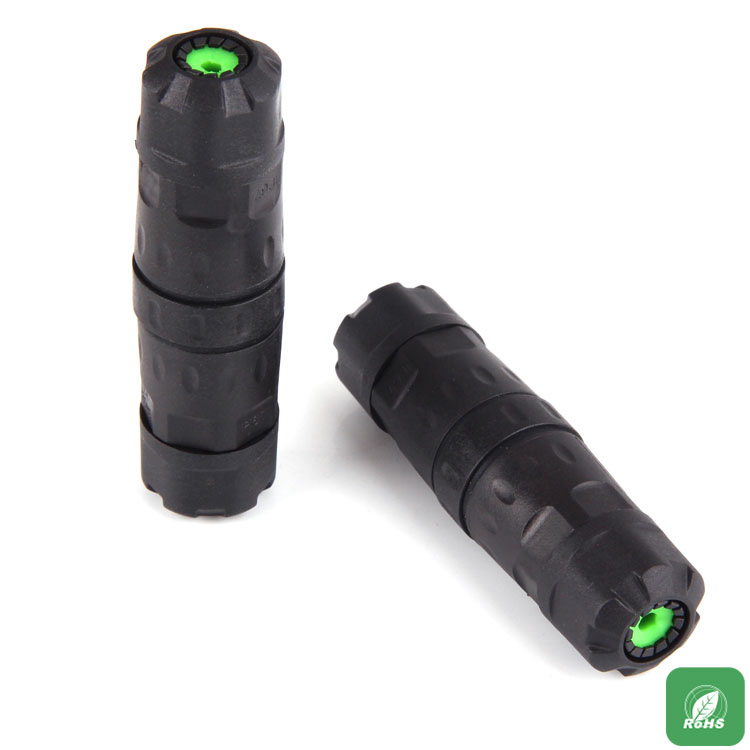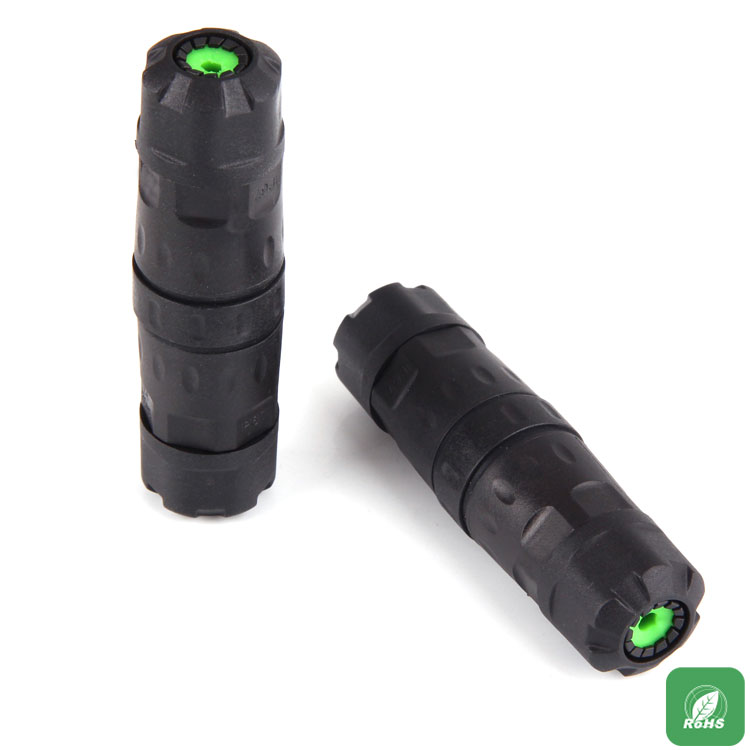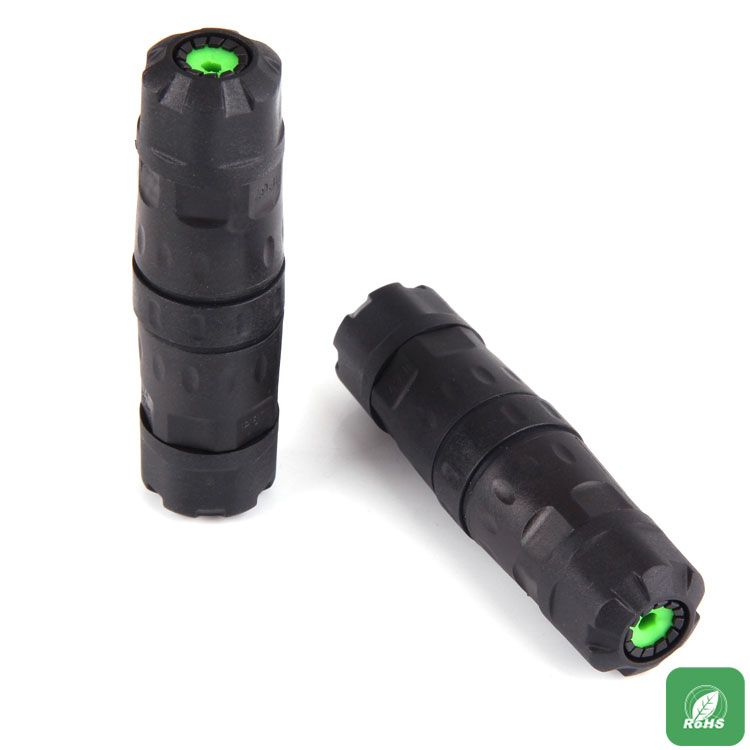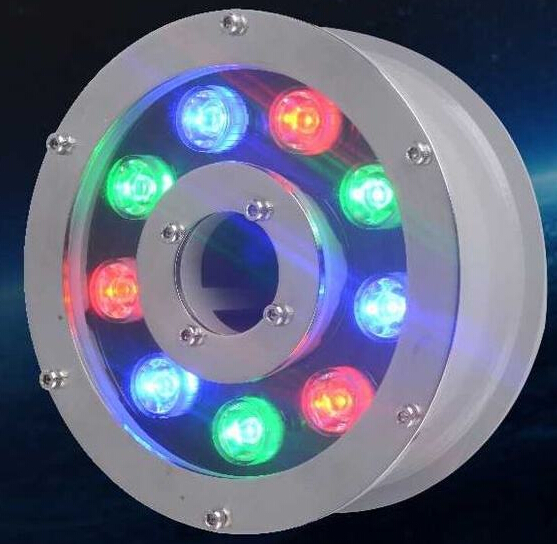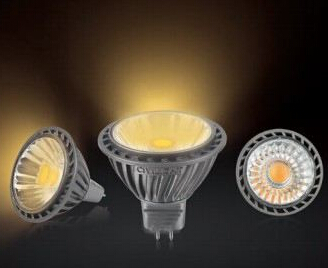It is estimated that the total number of street lamps in the United States is between 45 million and 55 million. Among them, most street lamps are high-pressure sodium lamps, and a small portion are metal halide lamps. But all this is starting to change, LEDs gradually replace high-pressure sodium lamps with the advantages of longer life and better light.
Lighting experts said: "In the past two years, the adoption speed of LEDs may have tripled. Due to the use of LED lamps, the quality of light is significantly improved, and the cost savings are also significant."
He pointed out that LED street lights have three major advantages:
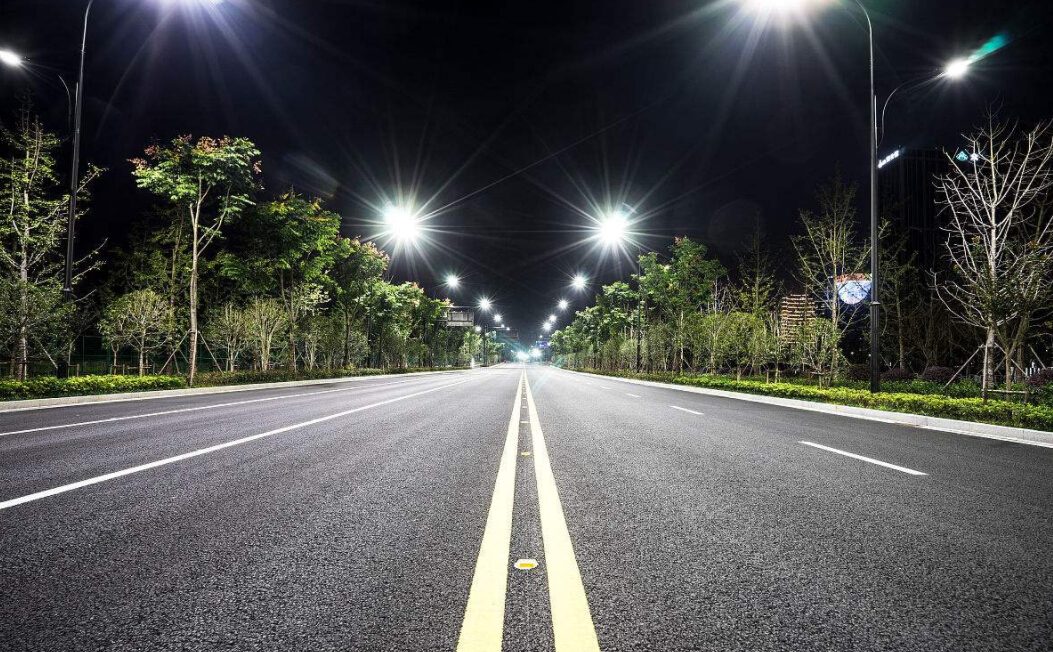
First, the light of the well-designed LED street light is clear, controllable and beautiful. The precisely designed optics in the LED luminaire ensure that the light illuminates where it belongs, which means less wasted light.
Second, LED lamps have lower maintenance costs and lower energy consumption. Since most road lights are owned and operated by utility companies, the use of LEDs can reduce energy consumption by approximately 40%. At the same time, the more important savings are maintenance. Since the lumen output of the high pressure sodium lamp is reduced, the high pressure sodium lamp must be replaced at least every five years. Material and labor for a single bulb replacement can cost between $80 and $200. Since the life of LED luminaires is three to four times longer than HID, the cost of a single maintenance can be very large.
Third, decorative LED street lighting is growing. With the improvement of technology and the reduction of manufacturing costs, lighting manufacturers can provide a wider range of decorative lighting options, can imitate the lighting design of old gas lamps, and so on, which is very aesthetically pleasing.
In the future, road lighting will belong to LEDs.
















 RCCN WeChat QrCode
RCCN WeChat QrCode Mobile WebSite
Mobile WebSite